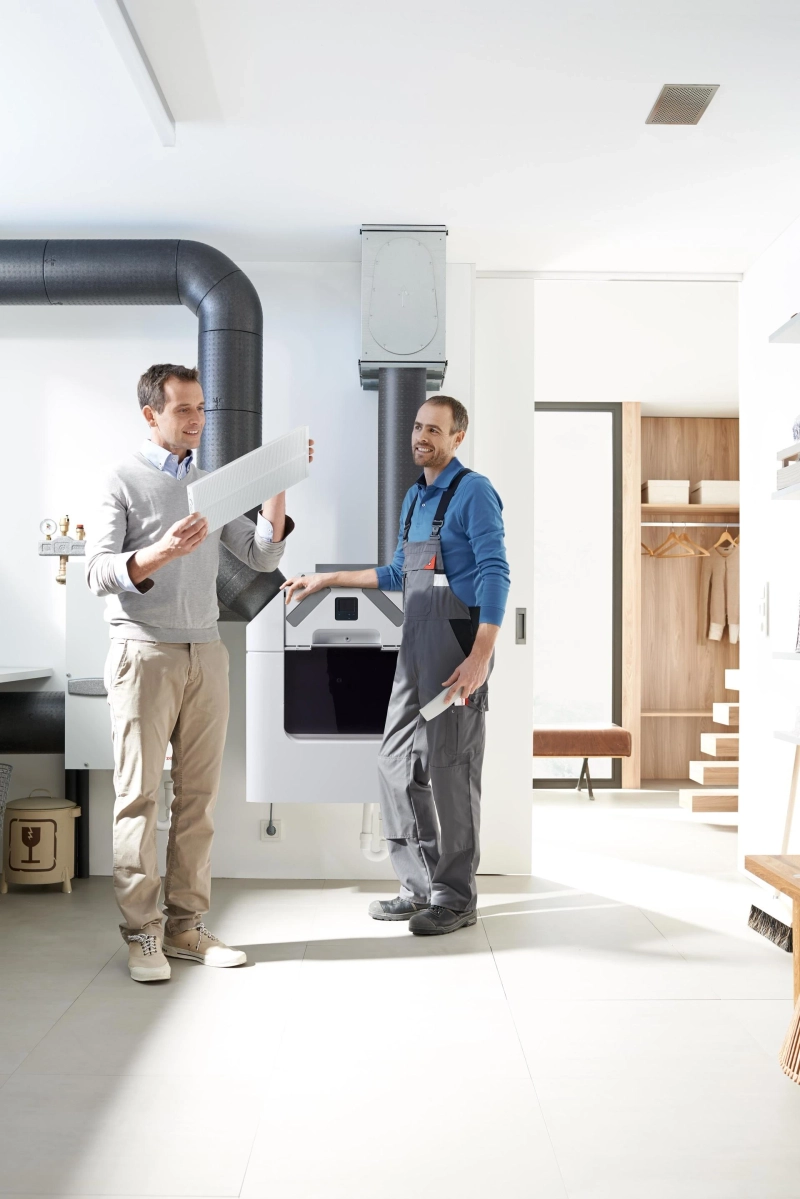Indoor air quality is no longer a luxury—it’s a necessity. In homes, offices, schools, and industrial settings, people spend most of their time indoors. But with poor ventilation and stagnant air, pollutants can build up, causing discomfort, health issues, and reduced productivity. Enter the fresh air circulation system: an engineered solution to ensure clean, breathable air everywhere. In this post, we’ll explore how a good Fresh Air System, including clean room ventilation systems, can transform your indoor environment and contribute to better health, comfort, and well‐being.
What is a Fresh Air Circulation System?
A fresh air circulation system is a mechanical setup designed to constantly exchange indoor air with fresh outdoor air while filtering out contaminants. Unlike passive ventilation (such as open windows), these systems use fans, ducts, filters, and sometimes energy recovery units to control temperature, humidity, and air quality. Whether in homes or sophisticated industrial clean rooms, a fresh air circulation system helps regulate airflow, reduce pollutants, and maintain a healthy indoor atmosphere.
Key Components of a Fresh Air System
To understand how a fresh air circulation system works, it helps to know its major parts:
- Intake and Exhaust Ducts – These channels bring outdoor air in and discharge stale indoor air outside.
- Filtration Units – Filters remove particulates such as dust, pollen, mold spores, and even bacteria or viruses in high‐performance models.
- Fans and Blowers – To move air through the system efficiently, ensuring consistent airflow.
- Control Systems – Sensors for humidity, CO₂, VOCs (volatile organic compounds), and thermostats that allow smart control and optimization.
- Optional Energy Recovery Units – In many Fresh Air Systems, heat exchange or energy recovery ventilation reduces energy loss, making the system more efficient and cost‐effective.
Why Indoor Air Quality Matters
Indoor environments often trap harmful substances—volatile organic compounds from paints and cleaners, allergens like dust mites, and microbial pollutants from moisture. The impact of poor air can include:
- Reduced lung function and respiratory discomfort
- Aggravation of asthma and allergies
- Increased risk of infection transmission
- Headaches, fatigue, and malaise among occupants
- Poor concentration and reduced productivity
A properly designed fresh air circulation system mitigates these risks by constantly replacing stale air with clean air, filtering out contaminants, and keeping humidity and temperature at healthy levels.
Clean Room Ventilation Systems: Precision in Purity
Where general indoor air quality is important, clean room environments demand even more rigorous controls. Clean room ventilation systems are specialized systems used in industries like pharmaceuticals, electronics manufacturing, laboratories, and medical facilities. They’re engineered to control particle count, air flow direction (e.g., laminar flow), pressure differentials, and sterilization protocols. These advanced clean air systems ensure that sensitive operations are conducted in a contamination-free environment.
Some features include:
- HEPA or ULPA filters that capture ultra‐fine particles
- Positive or negative pressure design to prevent ingress or egress of particulates
- Stringent monitoring and redundancy systems
These ensure that the indoor air meets exacting purity standards—something a standard Fresh Air System alone cannot always provide.
Benefits of Implementing a Fresh Air Circulation System
Adopting a high‐quality fresh air circulation system offers a host of benefits:
- Health Advantages: Cleaner air reduces allergens, limits spread of airborne diseases, and supports respiratory health.
- Enhanced Comfort: Better control over humidity, temperature, and odor.
- Productivity Boost: Studies show that cleaner, well‐ventilated spaces improve concentration, work performance, and cognitive function.
- Energy Efficiency: With modern Fresh Air Systems and energy recovery components, you can ventilate efficiently without massive energy loss.
- Longer Lifecycle of Building Materials: Controlled humidity and filtering reduce the damage that mold, mildew, and moisture can do to walls, furniture, and finishes.
Best Practices for Installing and Maintaining Fresh Air Systems
Even the best systems must be thoughtfully designed and properly maintained to perform well. Here are some best practices:
- Right Sizing: The system has to be sized appropriately for the volume of the space, number of occupants, and activities being undertaken. Oversizing or undersizing will reduce effectiveness or waste energy.
- High‐Quality Filtration: Replace filters regularly, and choose the correct filter class (MERV, HEPA, etc.) based on your pollution sources.
- Regular Maintenance: Clean ducts, ensure fans are running correctly, check for leaks or blockages.
- Smart Controls”: Use sensors for CO₂, humidity, and VOCs to trigger ventilation only when needed. This saves energy and ensures optimal indoor climate.
- Compliance and Standards: For clean room ventilation systems, adhere to relevant international or regional standards (ISO, GMP, etc.).
- Integration with HVAC: A fresh air circulation system works best when integrated with heating, cooling, and dehumidification systems to maintain stable indoor climate.
Real‐World Scenarios: Where Fresh Air Helps Most
Let’s consider some examples where a fresh air circulation system or clean room ventilation systems make a big difference:
- Schools and Classrooms: High occupancy, constant use, and limited opportunity to open windows make mechanical fresh air systems essential. Improved air reduces absenteeism and improves learning outcomes.
- Offices and Co‐working Spaces: A properly ventilated Fresh Air System helps reduce smells, stuffiness, and fatigue among employees.
- Healthcare Facilities: Clean rooms and wards need strict air quality to prevent cross‐infection and support patient recovery.
- Factories and Labs: Especially in electronics, pharmaceuticals, and food processing, clean room ventilation systems ensure product quality and worker safety.
- Residential Homes in Polluted Cities: Filtering outdoor air becomes critical when outdoor air quality is poor due to traffic, dust, or industrial emissions. A fresh air circulation system safeguards residents.
Long-Term Health & Economic Advantages of Fresh Air Circulation
Investing in a fresh air circulation system isn’t just about immediate comfort—it yields long‐term dividends. Healthier indoor air over years reduces medical costs, prevents loss of workdays, and supports mental well‐being. Furthermore, buildings with good air quality often command higher property value, attract better tenants, and cut costs in HVAC energy usage. Partnering with a trusted air conditioning company in Dubai like Lufitat ensures optimized solutions for both residential and commercial spaces. In industrial and scientific settings, clean room ventilation systems protect assets and ensure compliance, preventing costly recalls or failures.
Conclusion
Maintaining healthy indoor air quality has become essential in our increasingly enclosed lives. A well‐designed fresh air circulation system ensures that your environment is free of allergens, pollutants, and humidity extremes. Combining the right filters, airflow, controls, and maintenance practices makes all the difference. Whether you are a homeowner, facility manager, factory planner, or clean room designer, investing in a quality Fresh Air System or specialized clean room ventilation systems will pay back in health, comfort, and cost savings over time. Prioritize fresh air—and let every breath indoors feel as good as the air outdoors.


